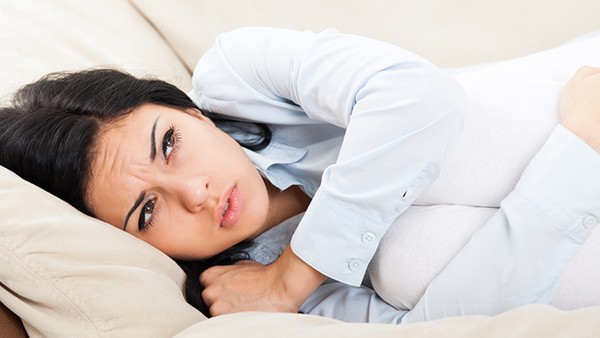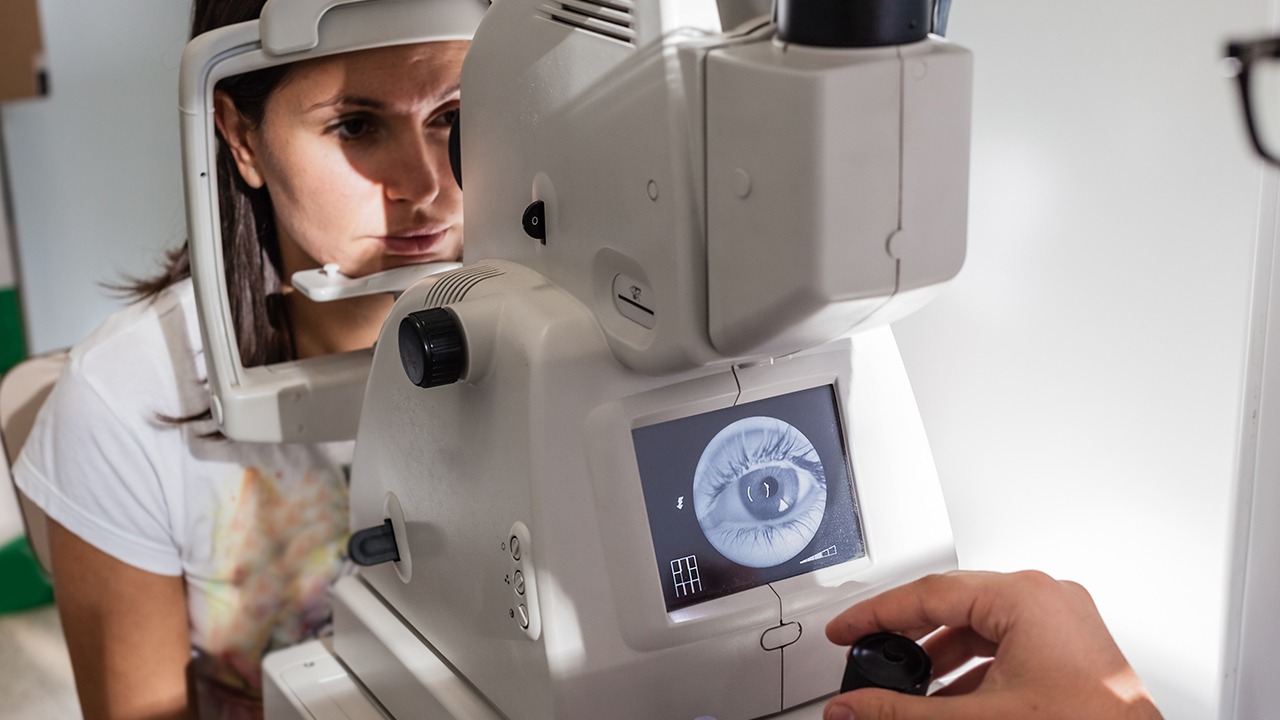Urinary Incontinence: The Inability to Feel Urine Coming Out

Urinary incontinence is the inability to control the release of urine, resulting in an involuntary leakage. It can range from minor drips to a complete lack of control. Urinary incontinence is a common problem, affecting an estimated 1 in 4 ***s in the United States. It can occur at any age, but it is more common in older ***s and women.
There are many different causes of urinary incontinence, including:
Weakened pelvic floor muscles: These muscles support the bladder and urethra, and if they become weak, they may not be able to hold back urine.
Overactive bladder: This condition causes the bladder to contract suddenly and involuntarily, leading to leakage.
Urinary tract infection: This can irritate the bladder and cause urinary frequency and urgency, which can lead to incontinence.
Neurological problems: These can damage the nerves that control the bladder, leading to incontinence.
Medications: Some medications, such as diuretics and antidepressants, can cause urinary incontinence as a side effect.
Urinary incontinence can be a very embarrassing and frustrating condition, but it is important to remember that it is not a sign of weakness or old age. There are many effective treatments available for urinary incontinence, and with the right treatment, most people can regain control of their bladder.
Symptoms of Urinary Incontinence
The symptoms of urinary incontinence can vary depending on the type of incontinence. The most common types of urinary incontinence are:
Stress incontinence: This type of incontinence occurs when urine leaks out when you cough, laugh, sneeze, or lift something heavy. It is caused by weakened pelvic floor muscles.
Urge incontinence: This type of incontinence occurs when you have a sudden, urgent need to urinate and are unable to hold back urine. It is caused by an overactive bladder.
Overflow incontinence: This type of incontinence occurs when the bladder is so full that urine leaks out. It is caused by a blockage in the urinary tract.
Mixed incontinence: This type of incontinence occurs when you have symptoms of both stress incontinence and urge incontinence.
Diagnosis of Urinary Incontinence
Your doctor will diagnose urinary incontinence based on your symptoms and a physical exam. Your doctor may also order one or more of the following tests:
Urinalysis: This test checks for signs of infection or other problems in your urine.
Urodynamic testing: This test measures the pressure and flow of urine in your bladder.
Cystoscopy: This test involves inserting a thin, lighted tube into your bladder to look for abnormalities.
Treatment of Urinary Incontinence
The treatment for urinary incontinence depends on the type of incontinence you have. Some common treatments include:
Pelvic floor exercises: These exercises can help to strengthen the pelvic floor muscles and improve bladder control.
Medications: Medications can be used to relax the bladder or to reduce the urge to urinate.
Surgery: Surgery may be an option if other treatments have not been successful.
Prevention of Urinary Incontinence
There are no surefire ways to prevent urinary incontinence, but there are some things you can do to reduce your risk, such as:
Maintaining a healthy weight
Exercising regularly
Avoiding smoking
Limiting alcohol and caffeine intake
Taking care of your prostate if you are a man
Seeing your doctor regularly for checkups
Conclusion
Urinary incontinence is a common problem, but it is important to remember that it is not a sign of weakness or old age. There are many effective treatments available for urinary incontinence, and with the right treatment, most people can regain control of their bladder.
The above is all the content that the editor wants to share with you. I sincerely hope that these contents can bring some help to your life and health, and I also wish that your life will be happier and happier.
Topic: #the #inability #is- • What is the relationship between kidneys and prostate
- • What to do if the umbilical cord wraps around your neck in late pregnancy
- • How to reduce the impact of colds on the fetus during pregnancy
- • The best dietary therapy for neonatal hypoxic-ischemic encephalopathy
- • Detailed explanation of the causes of neonatal hypoxic-ischemic encephalopathy
















